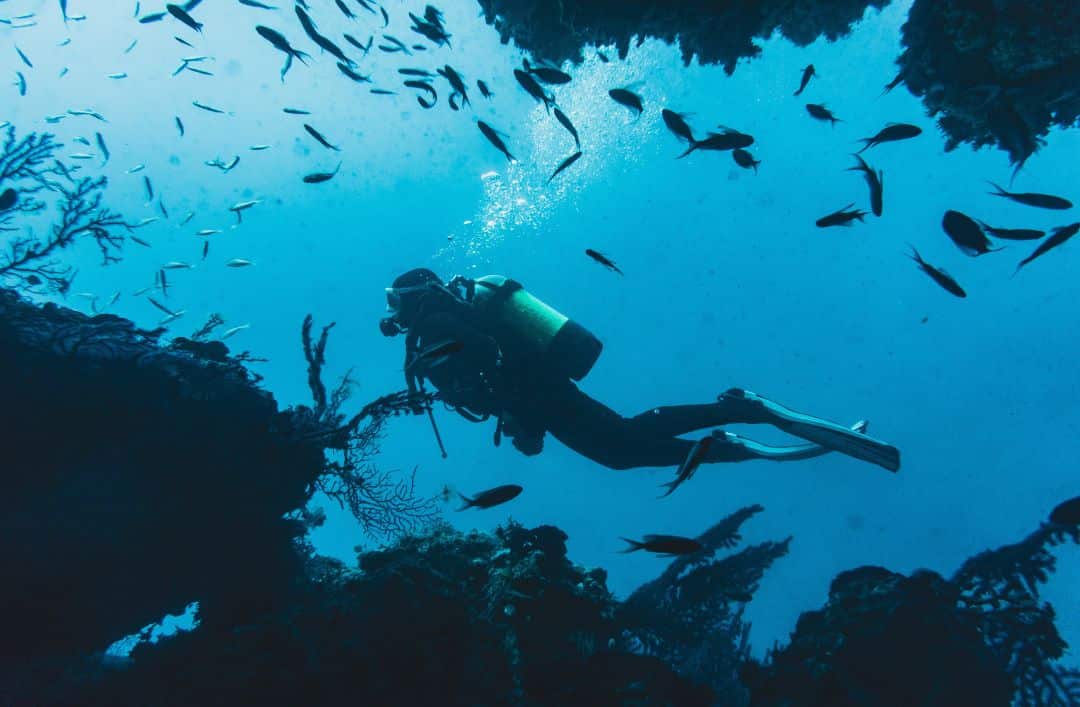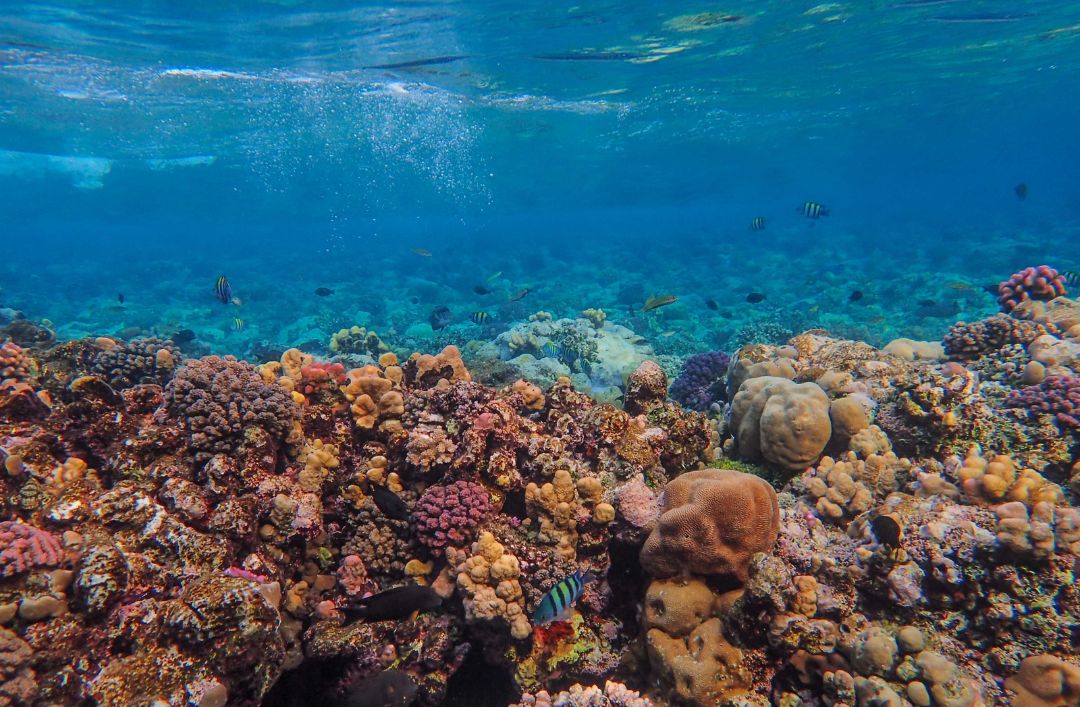Water comprises almost three quarters of the Earth. Water flows through different places, rivers, lakes, glaciers, seas, and oceans. Most of it in these last two bodies of water, and of those, we only know about 5% of their depths which harbour treasures in the deep just waiting to be discovered.
The Costa Blanca Norte is an unmissable destination for fans of scuba diving. The main reason is the beauty of the marine depths that are host to an enormous wealth of flora and fauna which will delight anyone seeking to explore the sea bed. Throughout this area you will find different routes for diving and there are several schools where you learn about this sport, such as La Galera or Dive & Dive. In this blog post we tell you about some really special ones.
Starting out at La Granadella
For real beginners, or those without much experience who want to get involved in this world, our first recommendation would be to follow one of the underwater routes that you can find at La Granadella beach. It is well known for the beauty of its sea bed and admired by all divers. In fact, the route closest to the beach, from where it can be accessed directly, is an easy one with a maximum depth of around 10 metres.
El Vaporet
A few miles from the port of Denia, you can find “El Vaporet”, a former cargo vessel that sank in the late 19th century. If you dive there you will see several species that shelter in the wreck, as there are no rock formations in the vicinity, and you can find conger eel, lobster, spiny lobster, along with white seabream, gilt head bream and grouper. They are, however, found at a considerable depth, and given the currents there, and possibly reduced visibility, it is advisable to undertake this particular route only when conditions are excellent, and if you are a really experienced diver.
El Freskito
You´ll find this place on the beach of las Rotas de Denia, some 4 km from the port. In the swimming pool created by natural rock and transparent sea water, this easy and beautiful route begins. It’s a good idea to explore the craggy rocks that make up the pool walls as there you may see octopus, European fan worm, spoon worm and perhaps a Moray eel.
Cap de Sant Antoni: La Cullerà and Primera Ensenada
The first of these caves can be found at the foot of the cliffs of the Marine Reserve of Cap de Sant Antoni. If you want to dive in this cave, which penetrates up to 50 metres into the mountain, it is necessary to get permission from the Board of the Environment to explore it. Armed with this permit, you can explore the cave which is at a depth of 9 metres where you will find slipper lobster, meagre, and a conger eel here and there. Not to mention octopus, sea bream, grouper and plenty of meagre hiding in the myriad nooks and crannies in the rocks.

Another excellent route in this area is Primera Ensenada, which is just before you reach the lighthouse. This area is protected (you will need authorisation to enter) and lies at a depth of 16 metres where the sea bed is shaped by the large rocks scattered here and there in the sand, and it offers an exceptionally beautiful and lively environment, perfect for seeking out species that are difficult to spot in other places.
The area around the Cap de Sant Antoni lighthouse is also a place where you can contemplate the beauty of the Costa Blanca marine depths. Here the enormous rocks on the seabed are particularly striking, as they create passageways and a play of shadow and light, providing a spectacle that will charm underwater photographers. Throughout the route you will see the white gorgonian coral, and depending on how close to the rock wall you venture, you can dive down from 12 to 19 metres, a depth at which you can spot an even greater variety of interesting species of flora and fauna.
Doesn’t it make you want to get into your wetsuit? Whether you live close to Cumbre del Sol or you simply came upon this artícle when you were looking for things to do on the Costa Blanca Norte, we would encourage you to enter this marvellous world and discover the best waters that the Mediterranean sea has to offer.
This post is also available in: EspañolFrançaisNederlands

